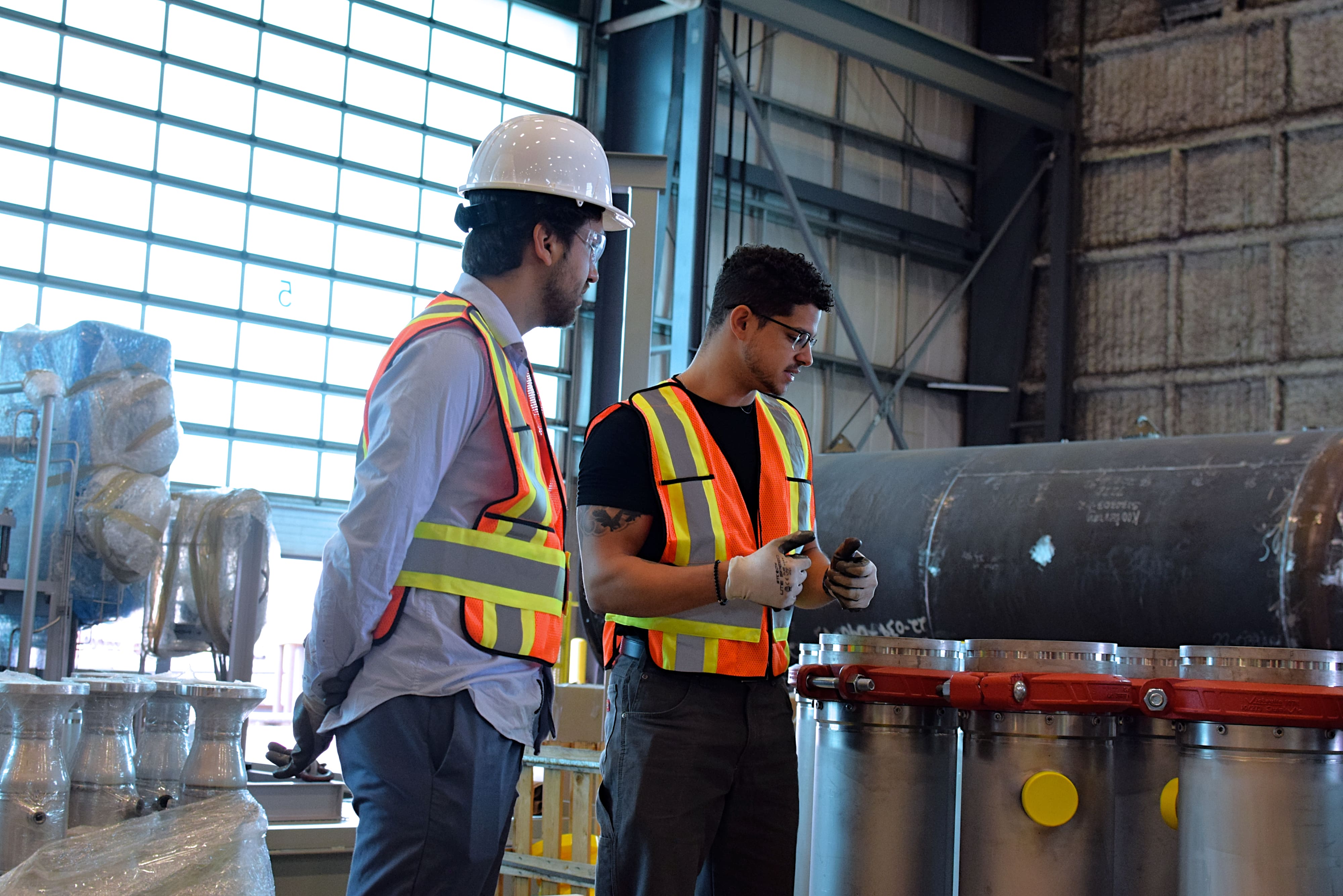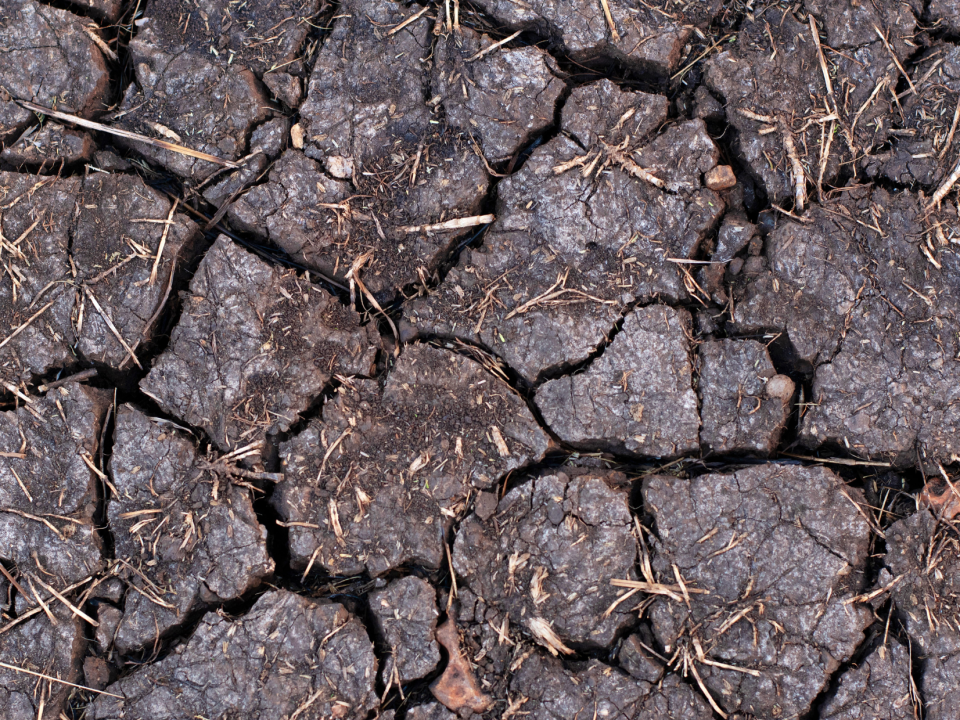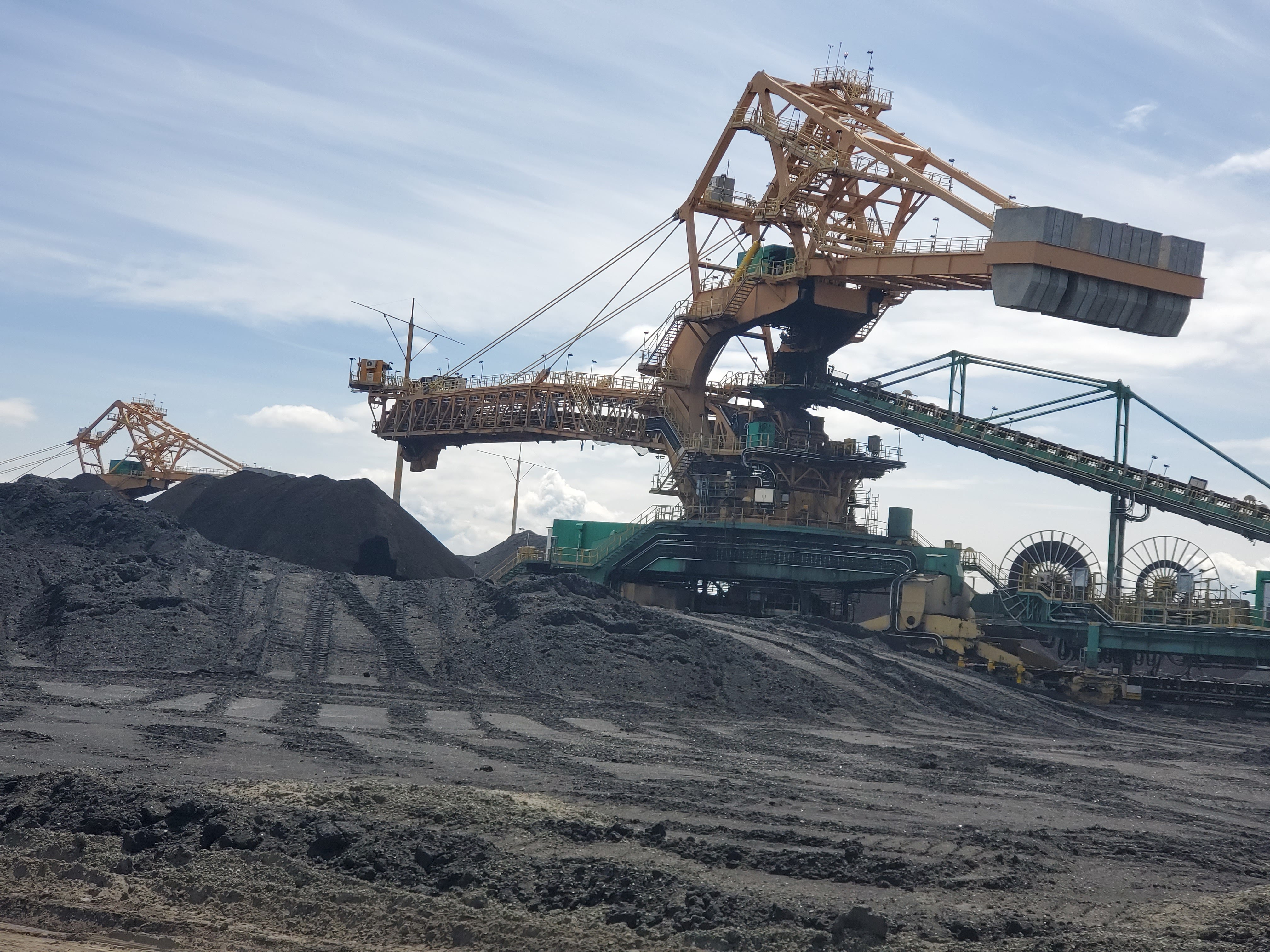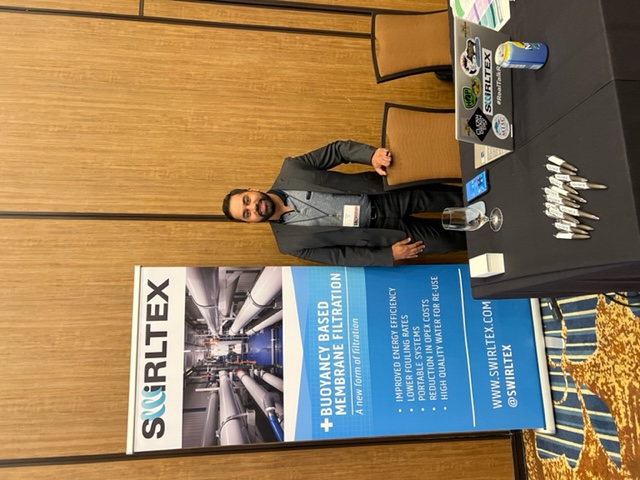
Clean Tech Success
2 August 2022
Swirltex Attends Produced Water Society – Permian Basin
17 August 2022Produced Water - A Complex Waste Stream
Globally, approximately 250 million barrels of water are produced daily from oil and gas fields, of which 40% is discharged into the environment. Produced water (i.e., PW) is known to be very hard to treat. Oil and Gas Companies are realizing that water is becoming scarcer, regulations are becoming more stringent and disposal methods are becoming more expensive. What viable option is left for the oil and gas industry to preserve clean water? Beneficially re-using produced water is the only and most viable option to save water for the future.
What Is Produced Water?
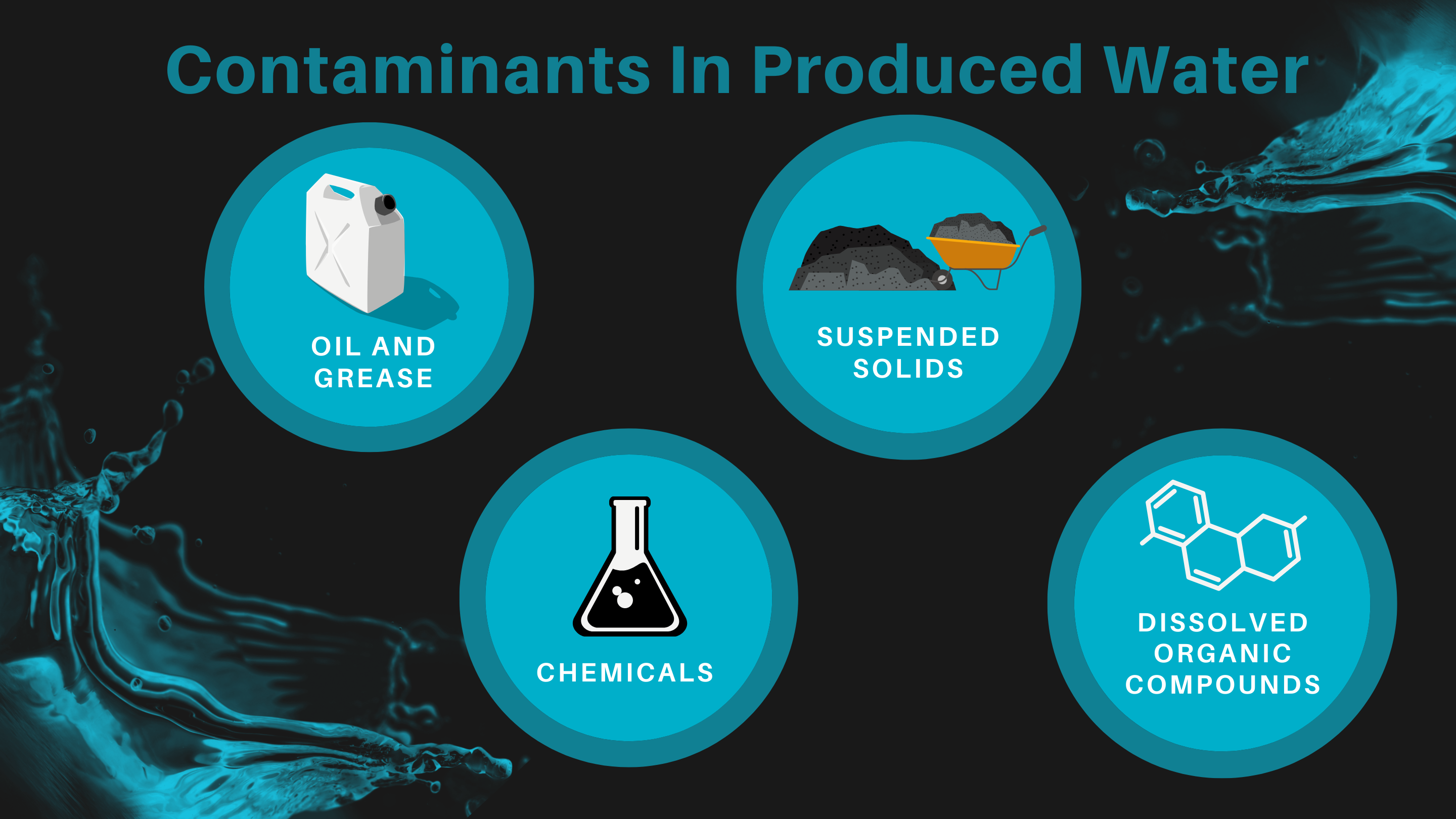
Produced water is a term used for wastewater in the oil and gas industry. Most natural oil and gas-bearing rocks contain water and during the extraction process, PW becomes a byproduct of it. This wastewater contains various contaminants like soluble and non-soluble oil, suspended solids, chemicals used in the drilling process, dissolved organic compounds, and more. The composition of produced water can vary from well to well and its flow rate. Additionally, different contaminants and compositions of produced water determine how it is treated, used, and/or disposed of. The degree of its treatment depends on the site’s treatment requirements – typically deep well injection, evaporation ponds, or discharge of surface water.
What Are The Challenges Associated With Treating Produced Water?
Treated PW known as effluent streams once recognized as “waste” now can be considered a valuable “resource.” The large quantities of treated PW generated from oil and gas production worldwide can be used for various applications. However, various challenges are leading to the treatment of produced water as follows –
· High Treatment Costs.
· Potential chronic toxicity of the treated produced water.
· Complex composition, making it hard to treat.
· Public acceptance to use it.
· Since the amount and properties of this wastewater change over time, making it an unlikely solution for most applications.
ARC Project
Swirltex was awarded a water treatment project with ARC Resources Ltd., a leading Canadian Oil and Gas company in April 2022. The project is valued at $3 million with potential scale-up for future higher treatment volumes. We have been actively working on this project and technology in progress right now.
Let Swirltex Help You Treat This Complex Wastewater!
Here at Swirltex, we can treat the toughest wastewater streams. We treat wastewater with our patented buoyancy-based membrane filtration system. When we receive raw produced water, we conduct a chemical treatment before membrane ultrafiltration to assist removal of waste. This process is done to prevent membrane fouling and increase the permeate production rate. Once this is done, the chemically treated sample is fed through our ultrafiltration system for purification. The raw produced water is fed into the system where we inject micro-gas to enhance the buoyancy of contaminants. We then induce spiral flow to separate contaminants and permeate, leading the waste to flow through the center of the membrane while permeate flows along the membrane surface. Our technology beats other technologies in treating produced water as we use low energy consumption, reduction in membrane fouling, low CAPEX & OPEX while providing high-quality permeate production.


